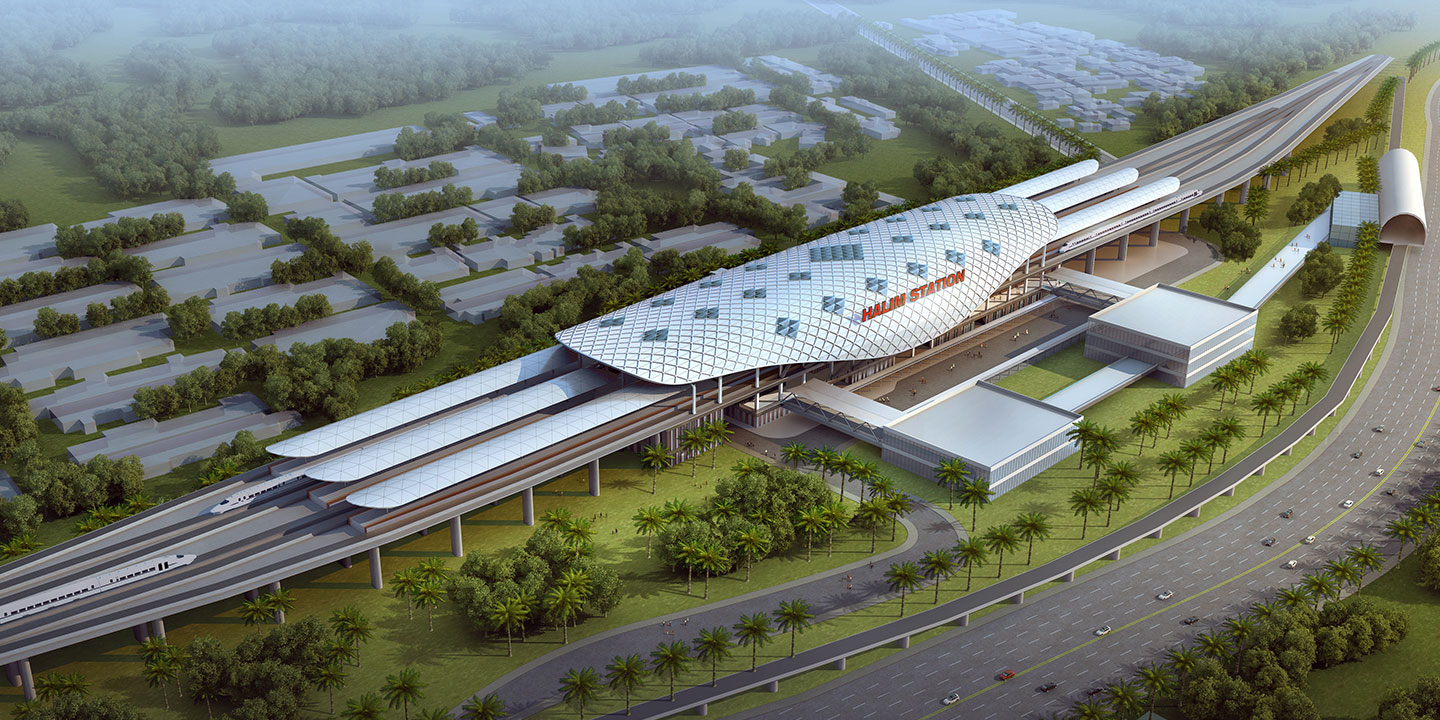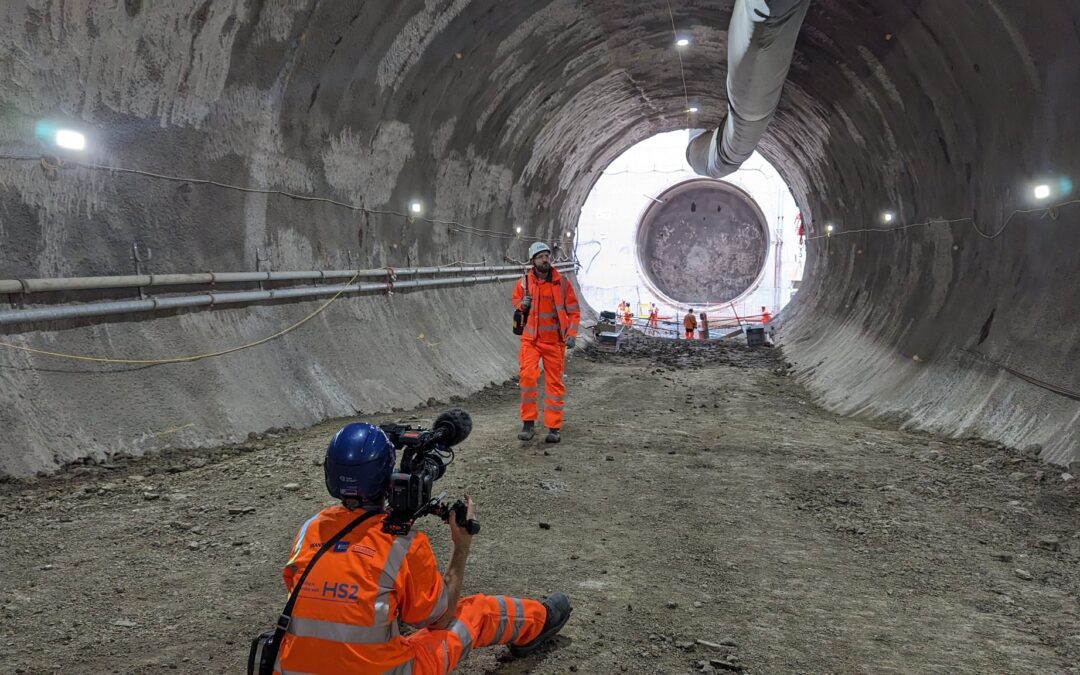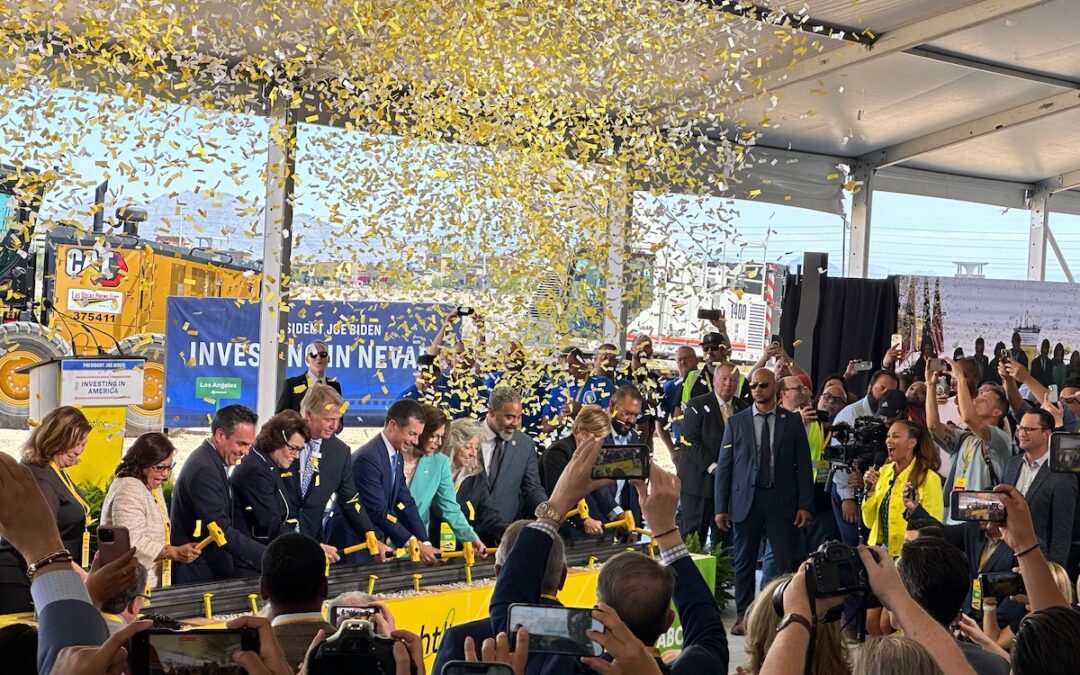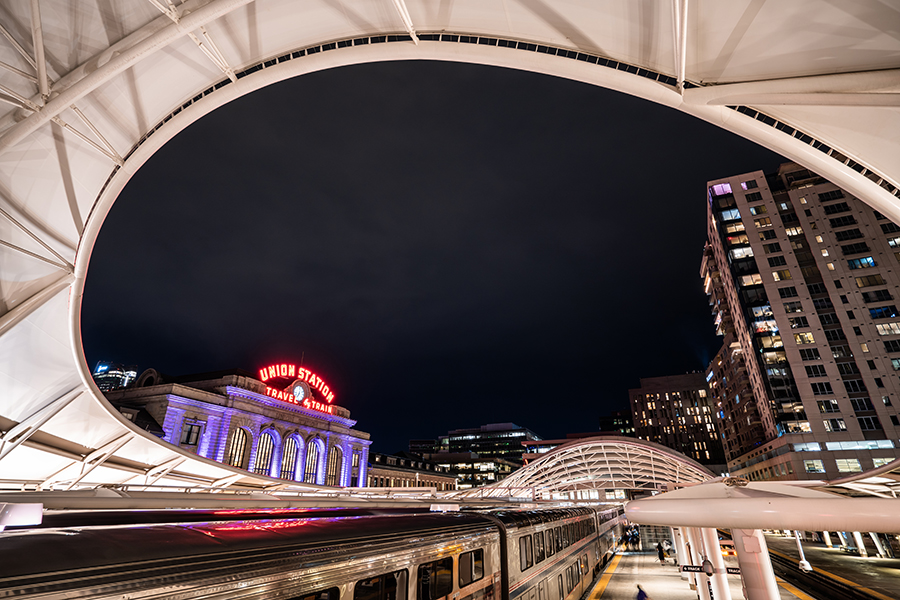10 steps need to be taken New York City’s Second Avenue subway extension opened in 2017. Five years earlier, Hamburg (German) completed an extension to the U4 line of its transit system. The projects were similar in many ways but radically different in one. Hamburg...
This week, Indonesia launched Southeast Asia’s first high-speed line, which connects two of its largest cities, Jakarta and Bandung. The high-speed train operates at speeds up to 217 mph along the 86 mile corridor, and cuts the previous train travel time of 3 hours, down to as little as 36 minutes.
The $7.3 billion project was largely funded by Chinese state-owned firms as part of China’s Belt and Road Initiative, and has been under construction since January 2016. The route was constructed and is operated by PT Kereta Cepat Indonesia-China, a partnership between four Indonesian state companies and China Railway International Co. Ltd.
There are talks to extend the high-speed line to Surabaya, the capital of the East Java province and the second largest city in Indonesia, as part of a high-speed rail network throughout the island of Java. While this is the first high-speed line in Southeast Asia, it seems unlikely to be the last. A number of countries in the region are pursuing their own high-speed rail projects. This includes Vietnam, Thailand, and Malaysia, among others.
Wondering what this high-speed line would look like in America? One comparison is Philadelphia to New York City, which currently takes about 2 hours to drive, and 1 hour and 10 minutes on Amtrak’s Acela. Upgrading this corridor for 220-mph service would nearly cut the Acela’s trip time in half.
Read More:
Kereta Cepat Indonesia-China (constructed and operates the new high-speed line)
With China’s Help, Indonesia Launches Southeast Asia’s First Bullet Train
Amtrak’s New Acela Trainsets Face Further Delays
Amtrak’s Inspector General issued a report this week outlining the reasons that the new Acela trains are delayed.
Amtrak placed the order for 28 trainsets with Alstom in 2016. They were to begin arriving in May of 2021. The report outlines production issues and an inability to meet Federal Railroad Administration documentation requirements.
This is a big setback. The new trainsets were intended to generate substantial new revenue and maintaining the old trainsets is getting costly.
It is another demonstration of why Congress needs to up the game regarding high-speed rail. One burst of money every decade, combined with unique safety regulations and poor quality track, means that each trainset order is a custom job. A steady stream of funding would allow repeat orders, build a stronger supply chain, and result in higher quality track.
Download the report: Major Programs: Company Improved Management of New Acela Program, but Additional Delays and Cost Increases are Likely.
Read More:
Amtrak OIG: New Acela Program Facing Additional Delays, Increased Costs
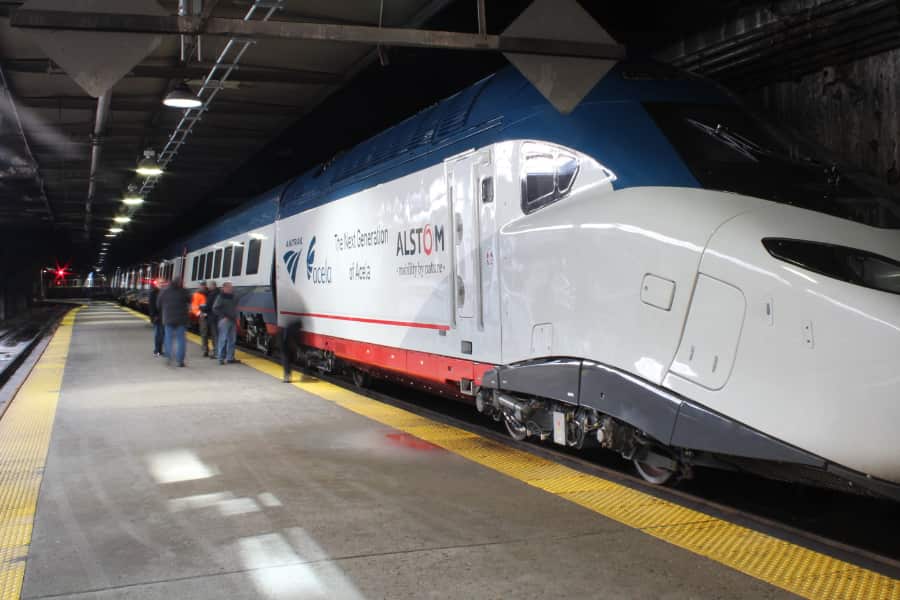
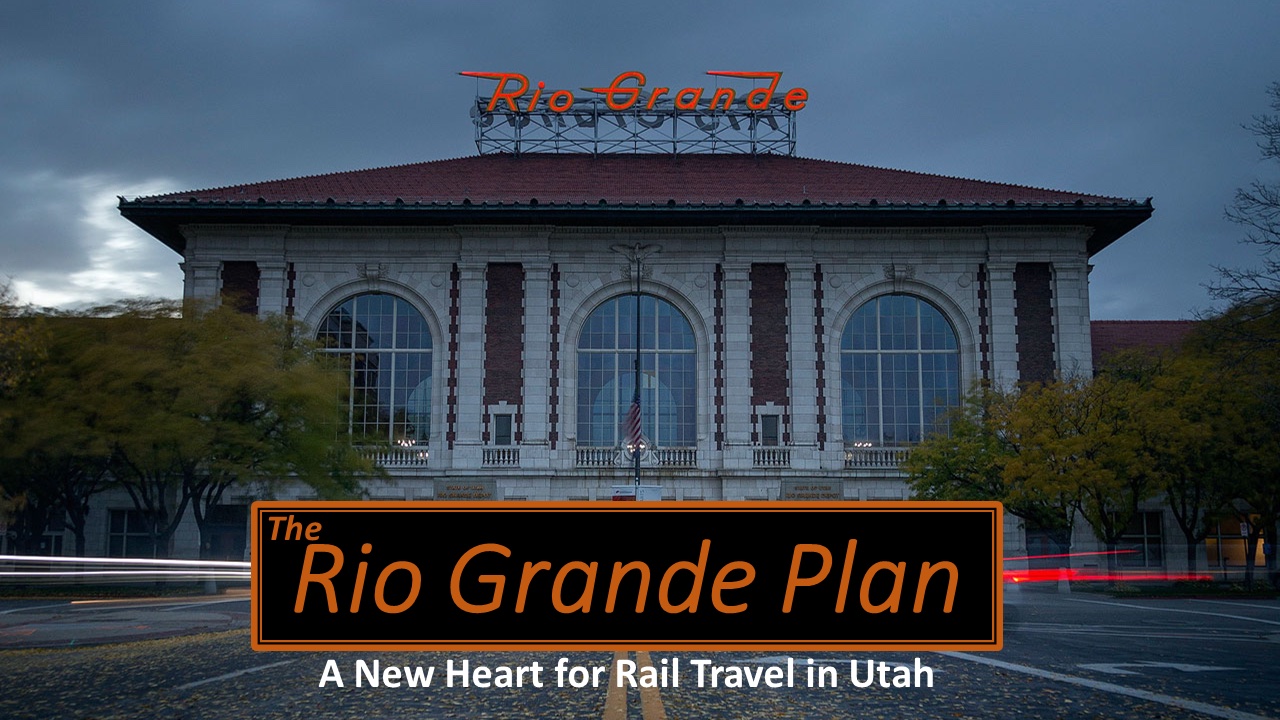
10/20 Webinar: The Rio Grande Plan: Building Community Support for Railway Improvements
Speaker: Christian Lenhart, Civil Engineer
Time: Friday October 20, 12pm – 1pm CT
The Rio Grande Plan is a citizen-driven proposal to improve railroad infrastructure in downtown Salt Lake City, including reestablishing the historic Rio Grande Depot as the city’s central transportation hub.
11/3 Webinar: High Speed Rail at O’Hare Airport
Please join us for a conversation with the authors of a new study, “Exploring the Potential of Providing High-Speed Intercity Passenger Rail Service to Chicago’s O’Hare International Airport.”
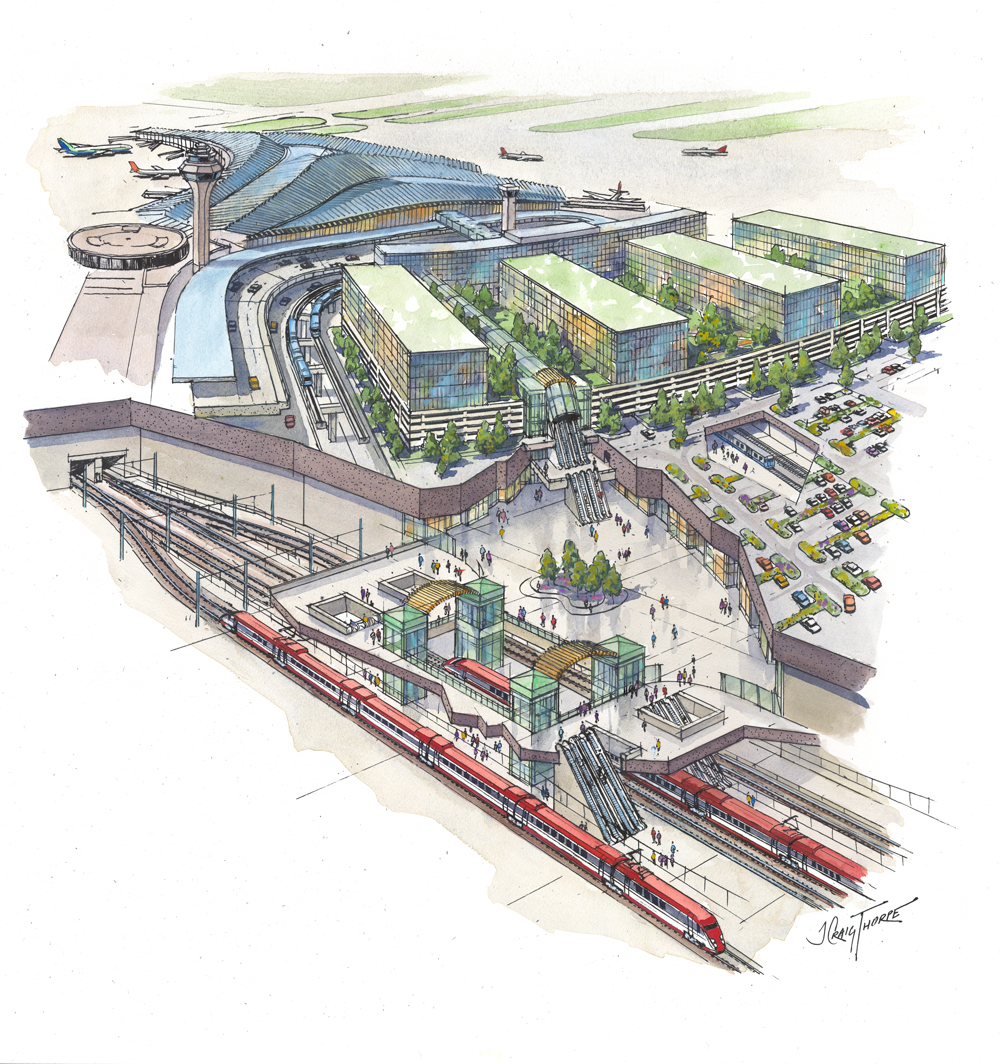
Articles We Enjoyed
High Speed 2 is (Partly) Canceled Due to High Costs
Pulling Plug on HS2 ‘Would Be Final Nail in Coffin for Levelling Up’
Brightline Doubling New Orlando Service to 16 Daily Roundtrips (Sun Sentinel)
Rishi Sunak and the Imaginary War on Drivers (Washington Post)
Cancelling HS2 to Manchester “a Devastating Blow” (IRJ)
Madison Named Important Site for Passenger Rail Service
Bose Tells Railway Interchange That Infrastructure Bill Funding Is on Its Way
American Society Wasn’t Always So Car-Centric. Our Future Doesn’t Have to Be Either.
The Latest from HSRA
Our Latest Blog Posts
Check out the latest news, updates, and high speed rail insights from our blog!
